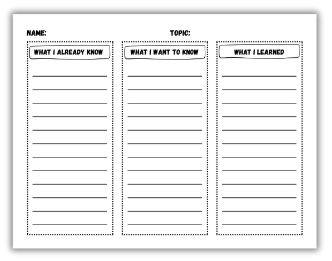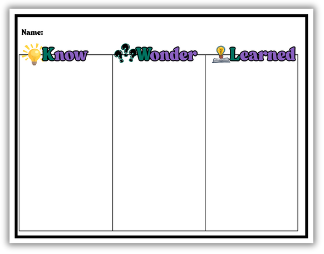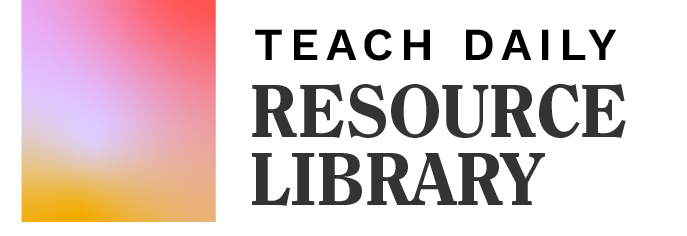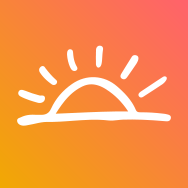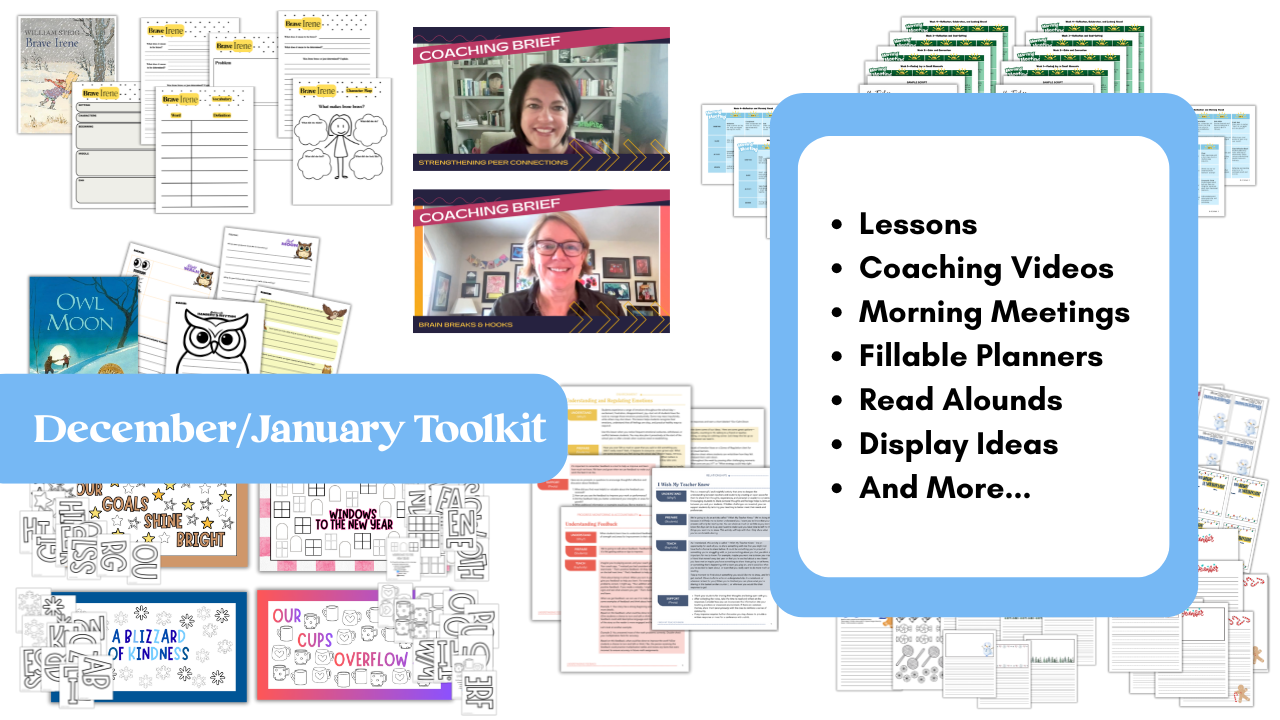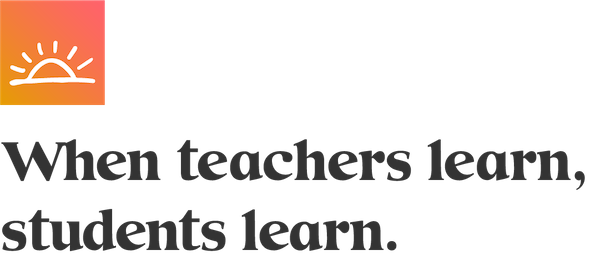A KWL chart is one of the simplest yet most powerful tools to guide student learning. It encourages curiosity, activates prior knowledge, and helps students track their learning in a meaningful way. Whether you're introducing a new topic, reviewing a concept, or wrapping up a lesson, this organizer can work for any subject and grade level.
What is a KWL Chart?
The three columns in a KWL chart stand for:
K – What I Know (Activating Prior Knowledge)
W – What I Want to Know (Setting a Purpose for Learning)
L – What I Learned (Reflecting on New Knowledge)
Why Use a KWL Chart?
- Engages students from the start – They get to share what they already know, which builds confidence and excitement.
- Encourages inquiry – Students take ownership of their learning by asking questions.
- Reinforces learning – The final reflection helps students process and retain information.
How to Use a KWL Chart in Your Classroom
- Before the Lesson: Have students brainstorm what they already know about the topic and fill in the K column.
- Before/During the Lesson: Ask students to write questions in the W column—what do they want to learn?
- After the Lesson: Have students revisit the chart to complete the L column with key takeaways.
Make it Interactive!
- Use sticky notes for each column so students can adjust their thinking.
- Pair students up to discuss and compare their charts.
- Revisit the W column throughout the unit to check if questions were answered or if new ones arise.
A KWL chart turns learning into a conversation. It encourages curiosity, reflection, and deeper understanding—three things every great lesson should have.
Download one of our ready-to-use templates or create one of your own!
